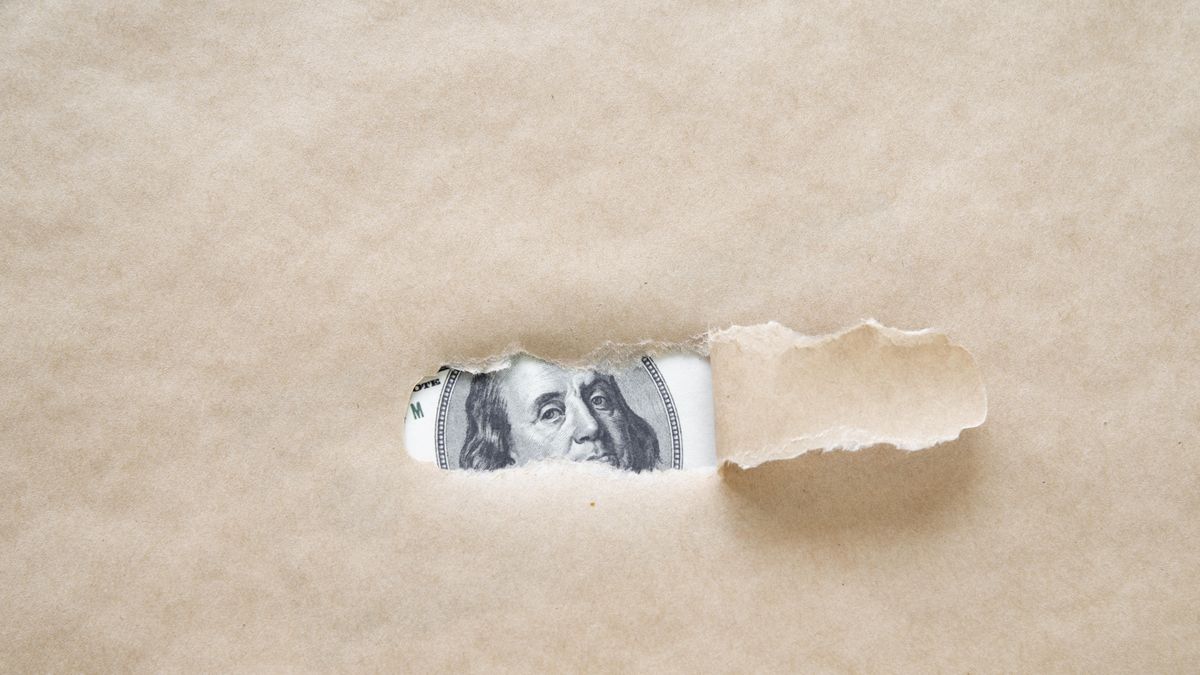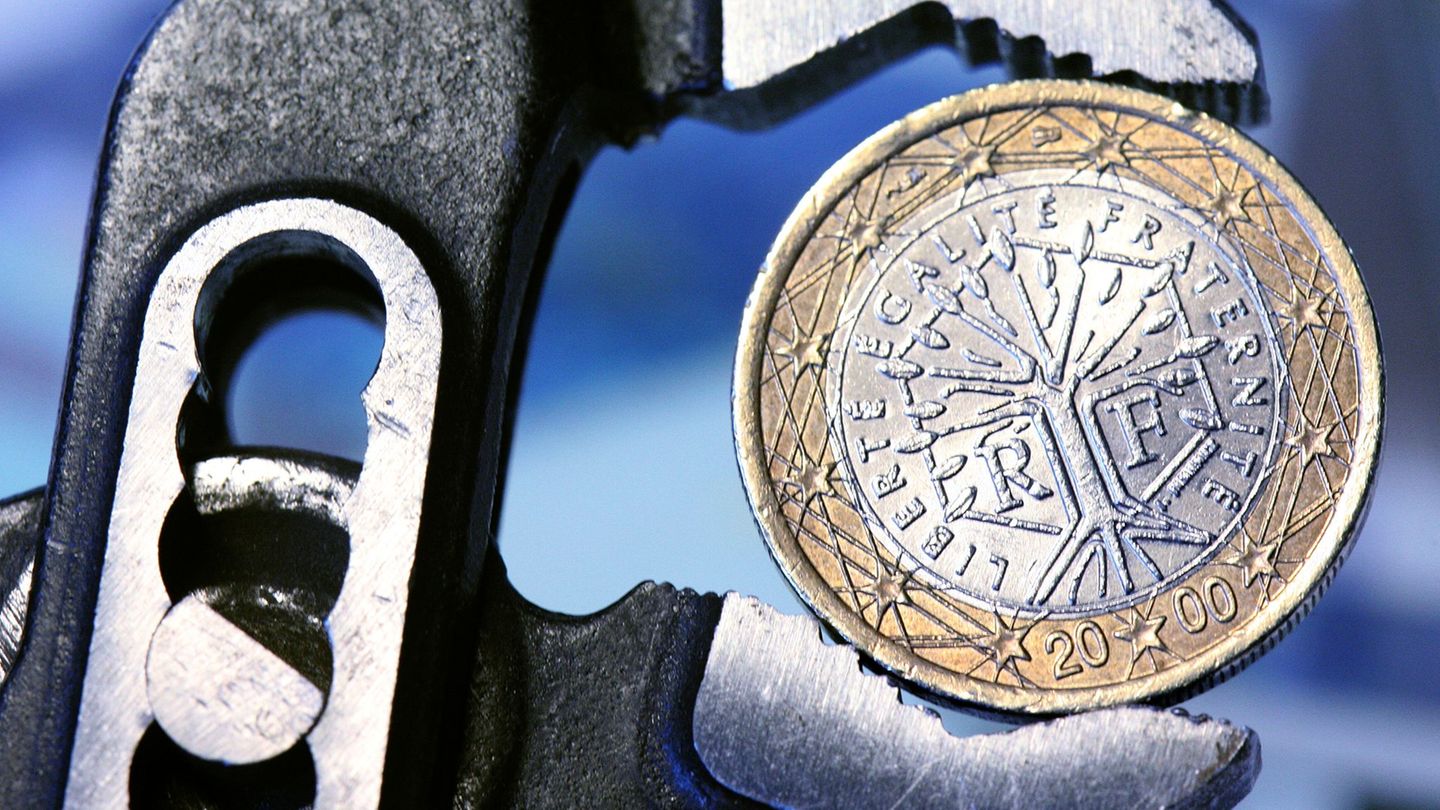He dollar fell 2.71% in the last seven rounds and fell to four-week lows, putting the magnifying glass back on the exchange delay which was admitted by the government and questioned by sectors such as agriculture and exports.
The note was quoted this Friday at 38,162 pesos, moving away from the value expected by the market. He dollar It had reached 39,223 pesos on Tuesday the 16th, a level it had not reached since January 18. However, with five falls and only two increases, the exchange rate capped two weeks of decline in Uruguay.
In this way, with only two exchange days remaining until the end of April, the US currency is on track to close a month with a positive sign (today it has accumulated a rise of 1.62%), but far from the 39 pesos that the market expected, according to the Survey of Economic Expectations of the Central Bank of Uruguay (BCU).
Even the market The bill is expected to end the year at 40.20 pesos. However, it has not reached the 40 peso range since November 1 of last year and has not reached 40.20 pesos since November 3, 2022.
The lowering of BCU rates and the global dollar
The interbank had started the month on the rise, driven by the 50 basis point reduction in the Monetary Policy Rate (TPM) that provided the Copom, but then it lost momentum, even though monetary policy shifted to a neutral or at least slightly contractionary bias.
In this way, the currency continued to fall despite a dollar index which has been between stable and rising so far in April and is even heading towards closing four consecutive monthly improvements, after the economic data of USA indicate the cut of the interest rate by the Federal Reserve (Fed) it would be expected.
grav.jpg
The BCU explains that the exchange delay occurs for good reasons
With this scenario, the discussion about the exchange delay is revived in the country and the vice president of the BCU, Washington Ribeiro, considered that the problem occurs because “Uruguay It is a serious, stable and extremely attractive country for foreign investment, especially direct.”
For Ribeiro, the value of nominal exchange rate “is not desirable” and maintained that “it is the other side of the low sovereign risk of Uruguay, which is within the historical minimum and the minimum within the region.”
Meanwhile, the CED economist, Deborah Eilender, he told Ambit weeks ago that “a low exchange rate is neither good nor bad per se” and graphed: “It can be counterproductive for exporters, who at the end of the day have income in dollars,” while contrasting: “It is positive for the population, who earn income in pesos.”
Eilender predicted “certain volatilities due to the electoral cycle in USA”, but he considered that “there should not be large movements throughout the year” in the US currency.
Source: Ambito




